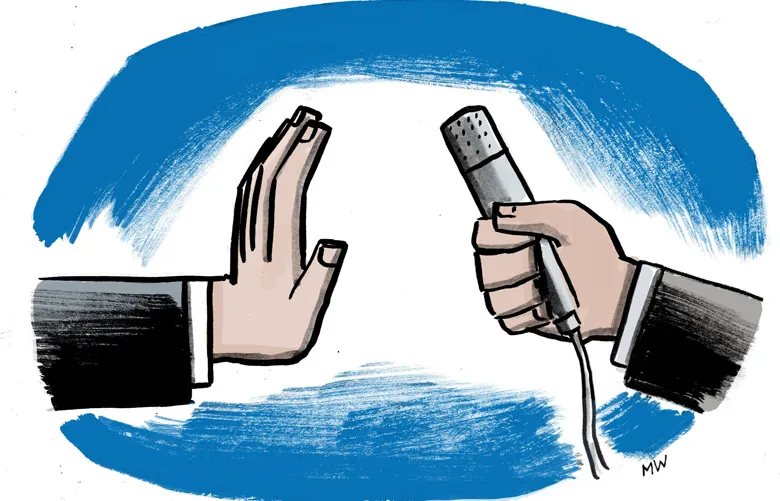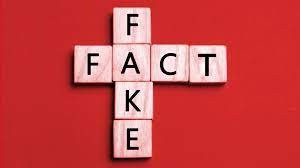A bias is an inclination or personal preference that’s often presented in a manner that disallows impartial judgement on behalf of the person receiving the information. Biases are designed to try and sway the opinions of other people, to make them believe something regardless of whether the information being presented is true or not.
Biases are used in many different walks of life, but they are perhaps the most prevalent within the media. Many media outlets will make use of biases to try and gain as much attention among readers as possible. Biases and misinformation almost always go hand-in-hand, so being able to spot biases in media is an important skill that more people need to try and learn.
Emphasis Bias
The emphasis bias is all about making a story as large and as loud as possible to try and make it seem more important than it really is. Sometimes the news is actually quite important and worth having on the front page, but it’s become more common among media outlets to take otherwise unimportant news and make it seem extremely important by having it at the top of the front page, and to use headlines that are as eye-catching as possible.
Language Bias
This bias is all about using specific phrases and terms to try and gain as many viewers as possible. A piece of news will often make use of terms that have some notoriety or have become popular or controversial within modern language. A good example of this is the word “terrorist” or “activist” or “freedom fighter”. They can all mean radically different things depending on how the story uses the term and what it actually refers to.

Omission Bias
An omission bias is a bias centred around leaving out key information in an article. This is an easy bias to not recognise at first, because it’s not always possible for the reader to realise that certain bits of information have been omitted from the writing.
But it also makes it that much easier to twist the opinion of readers by presenting certain information as factual and dismissing other key points that would make the article more impartial. It’s one of the oldest forms of media bias and is still very much used today.
One of the best ways to avoid this kind of bias is by only reading news from reputable sources, and by using more than just a single source, or just to avoid the news and enjoy Australian Open tennis betting instead.
Imagery Bias
Imagery is one of the most powerful ways of altering a person’s opinion or giving an initial impression without having to first present any facts. An unflattering photograph or edited picture is an easy way of adding or removing context from a situation.
Repetition Bias
By repeating the same information or opinion over and over, it makes it seem to the reader that the information must be the truth, that it’s more widespread than most people realise, and that it’s much more important than it really is.



